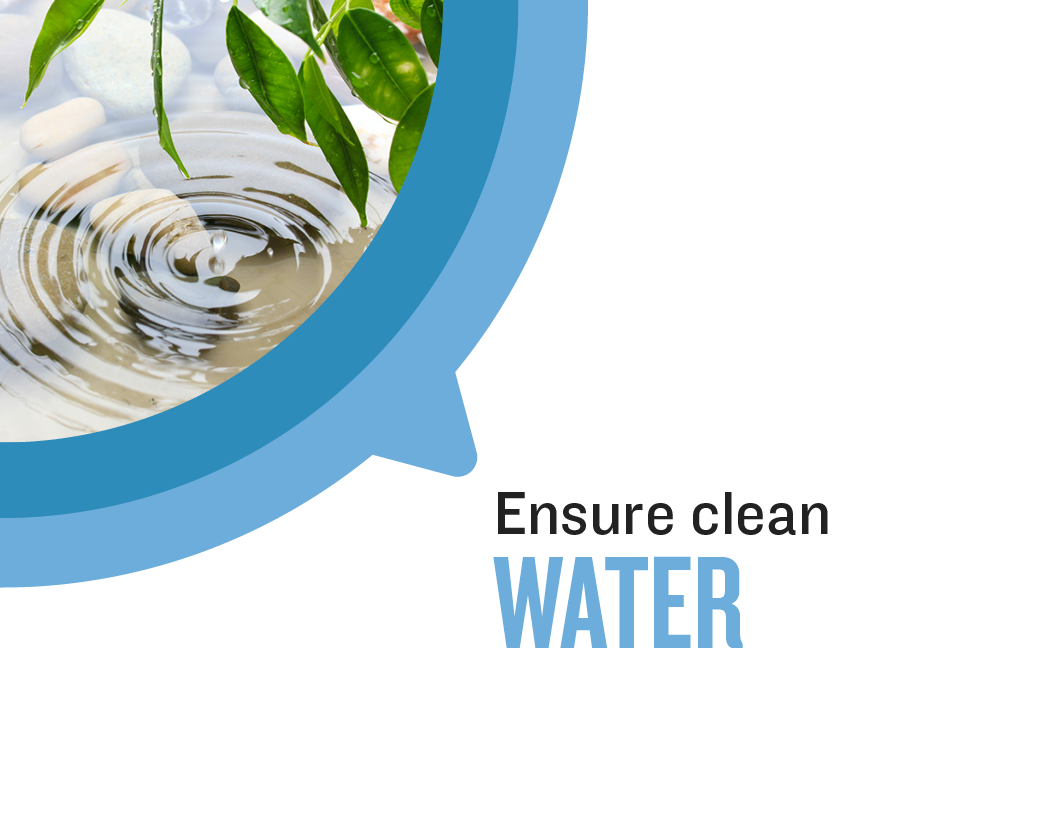GS-51 specifies performance requirements and environmental and health requirements for commercial laundry care products, such as concentration, reduced toxicity, biodegradability, and reduced and recyclable packaging. Companies can use GS-51 to guide their product development, and are invited to apply for Green Seal certification. This standard covers products and multi-component systems for laundry and dry cleaning in industrial and institutional settings, including:
- laundry detergent and prewash products
- stain and spot removers
- fabric refreshers and softeners
- laundry additives (bleaches, softeners, sours, antichlor, and alkali boosters)
- anti-static and anti-wrinkle products
- laundry starch/sizing/fabric finish
- combination products that may serve several of these functions
A subset of these product categories includes biobased products, and those containing enzymes and microorganisms. A comprehensive list of the product categories included in or excluded from GS-51 can be found in Appendix 1 of the standard.





















